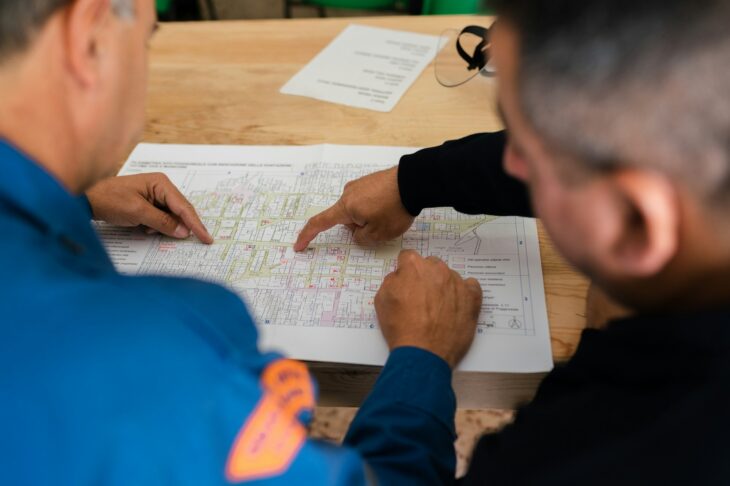
What Are the Different Types of Personal Debt That Exists Today?
Times are tough for everyone these days, with a huge majority of Americans living paycheck to paycheck. The financial reality for many is somewhat bleak, and nearly everyone could cop to needing more funds than they have access to.
This kind of reality can lead many to borrow cash from lenders, and a large fraction of these people are into some form of personal debt. There are many different types of personal debt, and understanding how these varieties differ can help if you’re planning on borrowing in the future.
What are the types of personal loans and what should you know about them? Read on and we’ll walk you through the essential information.
Secured Debt
When any kind of moneylender takes you on, they are taking on a certain degree of risk. Even if you have a solid financial background, there is always a chance that you might not end up paying back the money that you borrow.
One way that moneylenders help safeguard themselves is by creating something called secure debt. This is a kind of borrowing that helps to make the lender, not the borrower, feel more secure
In a secured debt scenario, the money borrowed is backed by some sort of asset. This asset is seen as collateral. If the debt is not paid back, the asset itself can be seized by the moneylender.
There are different kinds of secured debt, and different assets may be put up as collateral. Car loans are among the most common types of secured debt, with someone’s automobile serving as their collateral.
If the car owner failed to make their payments, the lender has the legal right to seize their vehicle and take it into their own ownership. Generally speaking, the secured loan can help a lender to feel more confident, which can help to keep interest rates somewhat lower.
Interest rates will still vary depending on your own creditworthiness and financial background, but it’s possible to get a better deal with this kind of loan.
Unsecured Debt
As you might imagine, unsecured debt is a loan that does not have the benefit of the collateral mentioned above. An unsecured loan has no asset on the line, leaving the moneylender somewhat more at risk.
The lender is completely at the mercy of the borrower and just has to trust that the money will come back to them. There is a legal process to try to recoup the funds if a person doesn’t pay, but it’s long, expensive, and arduous.
For this reason, it can be more difficult for the average person to get an unsecured loan from a borrower. You’ll have to have a solid credit background in order to get one, and you’ll likely have to face higher interest rates.
These higher rates make it more ‘worth it’ to the lender to take on the risk. Many types of unsecured debt are common in our daily lives. Credit cards, medical bills, and other such payments are all technically unsecured debt.
Mortgages
Speaking of commonly seen debt, the most popular and largest form of debt the average person carries is their mortgage. Purchasing a home is expensive business, so it often is up to a moneylender to take on the burden.
Mortgages are a specific type of loan designed to cover the purchase of a piece of property. Mortgages are made with lower interest rates, and these interest rates are even tax-deductible.
An individual with a mortgage will pay off the mortgage over many, many years. The most common length for a mortgage is 15-30 years, so you can get a sense of how long most people spend paying off this kind of purchase.
Over these many years, the person with the personal debt will pay monthly towards the overall money that they owe. If a person has to default on their mortgage or cannot make the payments, they can sell the property and have someone take over the mortgage payments.
Many people run into financial trouble trying to keep up with their mortgage. Some even go bankrupt, though others apply for an IVA to help avoid this kind of fate.
Revolving Debt
In some cases, a financial institution might make a deal with a borrower that resets at the end of a certain period. During this period, a borrower can borrow a certain limit of money. This limit then resets at the end of each period.
As you can probably already tell, this kind of debt is most commonly seen with credit cards. A line of credit is the most common example of revolving debt, though there are many others.
Payment amounts for revolving debt will vary depending on the circumstance, and interest rates will differ as well.
Revolving debt can also be unsecured debt, as many lenders will not require collateral in order for the borrower to use up to their limit. There are instances where revolving debt will be secured too, however.
Revolving debt is usually low-stakes, as the limits are set at fairly reasonable amounts. Only individuals with great financial backgrounds will be able to raise these kinds of limits.
Understanding Types of Personal Debt
If you’re looking to understand how debt works, you’ll want to start by getting a grasp on the different types of personal debt out there. The above are the varieties that you’ll want to be familiar with before doing any kind of borrowing on your own.
Need more advice on navigating the financial industry? Keep scrolling our blog for more.

